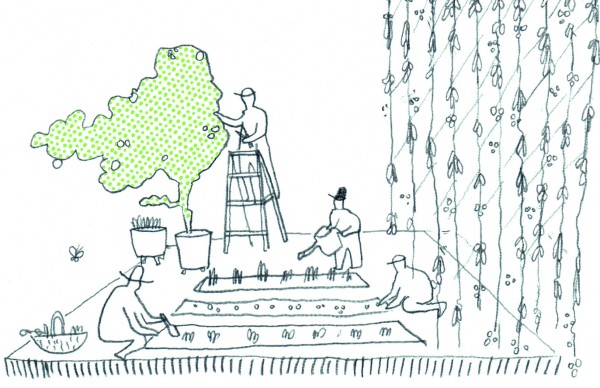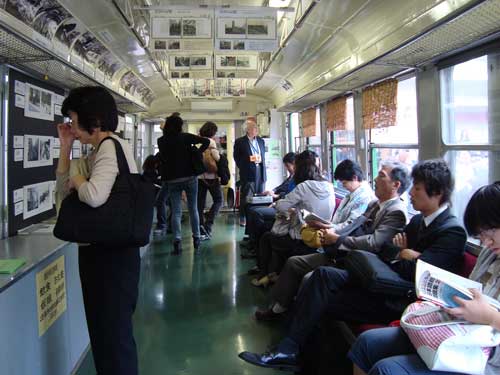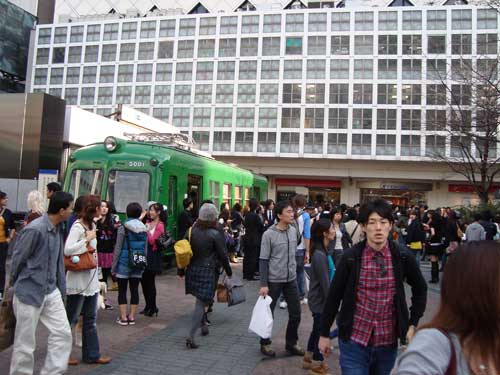My friend Azby Brown will be reading from his new book at four events in San Francisco next week. I highly recommend attending his book talk if you can. Azby is a great speaker, and an accomplished architect, writer, and designer based in Japan.
The book is Just Enough: Lessons in Living Green from Traditional Japan, and it portrays how Japan overcame environmental crises with sustainable farms and cities 200 years ago. The book is very informative about what we can learn today from the past, illustrated with hundreds of hand-drawn illustrations, and very engaging. I reviewed the book in the Huffington Post a few months ago.
Here’s the schedule for the book talks:
Monday, June 28, 7 p.m.
The Green Arcade
1680 Market Street
San Francisco, CA 94102-5949
(415) 431-6800
http://www.thegreenarcade.com
Tuesday, June 29, 5:30 reception/6 p.m. talk
The Commonwealth Club
The Commonwealth Club (The Gold Room)
595 Market Street
San Francisco
Telephone: (415) 597-6700
http://tickets.commonwealthclub.org
Wednesday, June 30, 6:30 p.m.
University of California, Berkeley
Rm 112, Wurster Hall (southeast corner of the Berkeley campus)
Title: “The Edo Approach to Sustainable Design”
Tel:(415) 317-0533
Thursday July 1, 12:00 noon
SF AIA
130 Sutter Street, Suite 600
San Francisco
(415) 362-7397
http://www.aiasf.org




